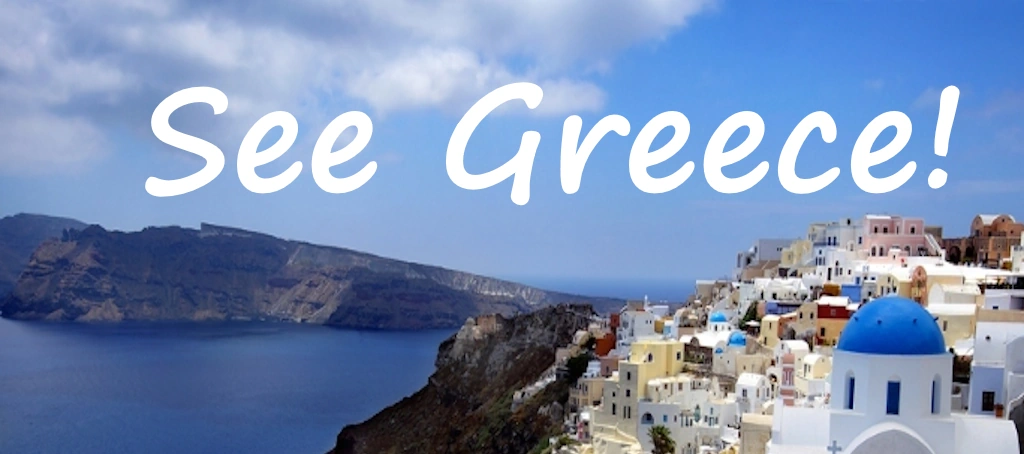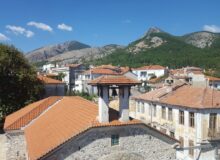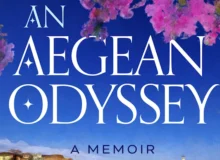Athens Agora
The Athens Agora or ancient market is a must-see site and one of the best things to do in Athens with its restored arcade building, the Stoa, and its museum.

After the Acropolis and National Archaeological Museum, the market place of ancient Athens, or Athens Agora, is another ‘must see’. It features some good remains and a fine, small museum.
The Ancient Agora of Athens: Heart of a Civilization
Location and Origins
Nestled beneath the northwest slope of the Acropolis, the Ancient Agora of Athens was the beating heart of Athenian life. The word agora in ancient Greek means “gathering place” or “assembly,” and that’s precisely what it was—a vibrant hub where politics, commerce, philosophy, and daily life converged. Established in the 6th century BCE, the Agora evolved from a simple open space into a complex urban center that reflected the dynamism of Athenian society.

Architectural Grandeur and Layout
The Agora wasn’t just a dusty square—it was a sprawling complex of stoas (covered walkways), temples, altars, law courts, and public buildings. The layout was centered around the Panathenaic Way, a sacred road that cut through the Agora and led to the Dipylon Gate, the main entrance to the city. This road was used during the Panathenaic Festival, a grand celebration held every four years in honor of Athena, the city’s patron goddess.
Among the most iconic structures were:
- Temple of Hephaestus: One of the best-preserved ancient Greek temples, dedicated to the god of metalworking and craftsmanship.
- Stoa of Attalos: A reconstructed colonnaded building that now houses the Museum of the Ancient Agora.
- Altar of the Twelve Gods: A central religious site and a reference point for measuring distances in Athens.
- Royal Stoa (Stoa Basileios): Where the king archon conducted official duties and religious ceremonies.
- Bema: A speaker’s platform used for public addresses and legal proceedings.
Political Powerhouse
The Agora was the epicenter of Athenian democracy. Citizens gathered here to discuss laws, vote on issues, and hold trials. It was home to the Bouletarion, where the Council of 500 met to prepare legislation for the Assembly. The law courts, often held in open-air spaces, allowed ordinary citizens to serve as jurors—a radical idea that laid the foundation for modern democratic systems.

The Stoa of Zeus, another key structure, wasn’t just a religious site—it was also a place where Socrates and other philosophers debated ideas, questioned norms, and shaped the intellectual legacy of the Western world.
Commercial and Social Life
Beyond politics, the Agora was a bustling marketplace. Merchants sold everything from olive oil and pottery to textiles and food. Artisans worked in nearby workshops, and citizens mingled in the stoas, exchanging gossip, news, and philosophical musings. It was a place where rich and poor, young and old, citizens and foreigners crossed paths.
The Mint, located in the Agora, produced bronze coinage, though not the famed Athenian silver coins. This economic activity was vital to Athens’ prosperity and its role as a Mediterranean powerhouse.

Intellectual and Philosophical Legacy
Few places in history have hosted such a concentration of intellectual energy. The Agora was the stomping ground of Socrates, Plato, and Aristotle. Socrates, in particular, is said to have spent much of his time here, engaging passersby in dialogue and challenging them to think critically. His method—asking probing questions to reveal contradictions—was born in the Agora’s open spaces.
This tradition of inquiry and debate helped shape the Western philosophical canon, making the Agora not just a physical space but a symbol of free thought and civic engagement.

Turbulent Times and Resilience
The Agora’s history wasn’t all sunshine and symposiums. It was destroyed multiple times, including by the Persians in 480 BCE, the Romans, and the Herulians, a Scandinavian tribe, in 267 CE. Each time, it was rebuilt, reflecting the resilience of Athenian society.
Under Roman rule, the Agora saw new additions, including the Library of Pantainos, which served not just as a repository of books but also as a multifunctional civic space. The Romans also added basilicas, nymphaea, and other structures that blended Greek and Roman architectural styles.
Religious Significance
Religion permeated every corner of the Agora. Temples dedicated to Zeus, Apollo, Athena, and Ares dotted the landscape. The Panathenaic Way itself was a sacred route, and the Temple of Hephaestus remains one of the most revered religious sites from antiquity.
The Agora wasn’t just a place for worship—it was a sacred space where civic and spiritual life intertwined. Rituals, sacrifices, and festivals were common, reinforcing the idea that public life in Athens was deeply rooted in divine order.

The Athens Agora Today
Today, the Ancient Agora of Athens is a stunning archaeological site that offers a window into the past. Visitors can walk the same paths as Socrates, stand where jurors once deliberated, and marvel at the enduring beauty of classical architecture.
The Agora Museum, housed in the reconstructed Stoa of Attalos, provides context and artifacts that bring the site to life. From pottery shards to inscriptions, the museum paints a vivid picture of daily life in ancient Athens.
Accessible via the Monastiraki and Thiseio metro stations, the Agora is a must-visit for anyone interested in history, philosophy, or the roots of democracy.

Conclusion: More Than Just Ruins
The Ancient Agora of Athens was more than a marketplace—it was the soul of a civilization. It embodied the ideals of democracy, free speech, commerce, and community. Its legacy continues to inspire modern societies striving for civic engagement and intellectual freedom.
Standing in the Agora today, one doesn’t just see ruins. One sees the footprints of thinkers, the echoes of debates, and the spirit of a people who dared to shape the world with ideas.





















